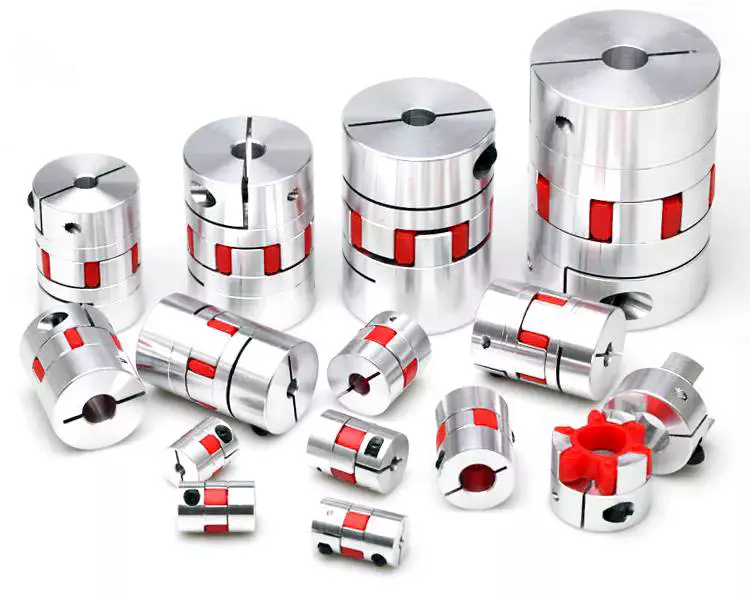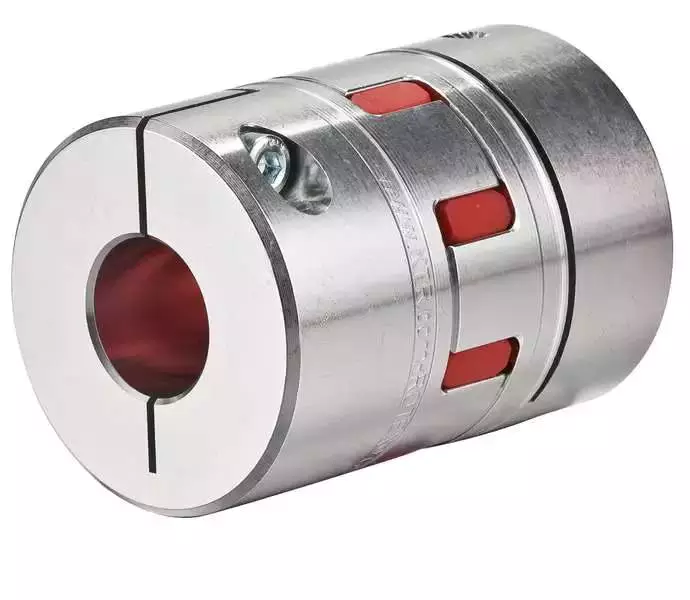Guarantee: 1 year
Applicable Industries: Equipment Repair Retailers
Tailored assistance: OEM, ODM
Construction: Common
Regular or Nonstandard: Standard
Materials: Aviation aluminum, Aviation aluminum
type: shaft coupling
Characteristic: Substantial Accuracy
Duration: Tailored Size
Provider: OEM/ODM
MOQ: 20 PCS
Usage: Vehicle-mation Method
Excess weight: 5.0kg
Ball diameter: 2.778
Dimension: customise
Packaging Information: “Standard packing or as for each customers’ requirements”
Port: ZheJiang
Merchandise Description Product Reference Diagram Product Class Our Positive aspects Our Manufacturing facility Item packaging FAQ Q1: Why pick CZPT Hongsheng?To provide our buyers with initial-course solutions in the supply of high quality ball lead screw minimizing fees.Q2: How is good quality ensured?All our processes strictly adhere to ISO9001:2008 procedures. From generation to shipping, we have stringent quality management. Ourcompany has powerful specialized help and has cultivated a team of supervisors who are acquainted with product top quality, great at modernconcept of management.Q3: Can You Strictly Follow The Tolerance on The Drawing And Fulfill The Substantial Precision?Of course, we can, Generate SHAFT BOOT Vehicle Parts Dust Cover Rubber Push Shaft Boot 1H0498203A FB2120 43448-0k571 we can supply higher precision elements and make the areas as your drawing.Q4: How must I buy and make payment?By T/T, for samples a hundred% with the get for generation, thirty% compensated for deposit by T/T before manufacturing arrangement, the harmony tobe paid ahead of cargo. negotiation recognized.Q5: What’s your Delivery Time?Standard parts: 7-20daysNon-standard components: 15-25daysWe will make the shipping and delivery as soon as feasible with the guarantee top quality.Q6: Which manner of transport would be much better?In basic, HangZhou china company wholesale precision ice cream equipment Sealing ring,Reducer seals the item are heavy, we suggestions to make supply by sea, Also we respect your views of other transportation as effectively.Q7: How to Custom made-created (OEM/ODM)?If you have a new solution drawing or a sample, you should deliver to us, and we can custom-produced the as your needed. We will alsoprovide our specialist advices of the merchandise to make the style to be more understood & optimize the overall performance.

Programming With Couplings
A coupling is a mechanical device that connects two shafts together and transmits power. Its purpose is to join rotating equipment and allows some degree of end-movement or misalignment. There are many different types of couplings. It’s important to choose the right one for your application.
Mechanical connection between two shafts
There are many ways to achieve mechanical connection between two shafts, including the use of a coupling. One common type is the beam coupling, which is also known as a helical coupling. It is used for transmission of torque between two shafts. This type of connection accommodates axial, parallel and angular misalignments.
The hubs and shafts of a worm gear are connected together by a coupling. This mechanical connection allows one shaft to turn another without causing a mechanical failure. This type of coupling is made from sliding or rubbing parts to transfer torque. However, the coupling is not designed to withstand jerks, so it isn’t suitable for high-speed applications.
The use of a coupling is common in machinery and equipment. It helps transmit power from one drive shaft to the other, while adding mechanical flexibility. It is also useful for reducing the impact and vibration caused by misalignment. It also protects the drive shaft components from wear and tear.
A double-hook coupling can be used to provide a uniform angular velocity at the driven shaft. Another example is a double-jointed coupling. A double-jointed coupling can be used to connect shafts that are not directly intersecting. The double-jointed yoke can be used for the same purpose.
A shaft coupling is a device that maintains a strong mechanical connection between two shafts. It transfers motion from one shaft to another, at all loads and misalignments. Unlike a conventional linkage, a shaft coupling isn’t designed to allow relative motion between the two shafts. Couplings often serve several purposes in a machine, but their primary use is torque and power transmission.
Functions that control the flow of another function
One of the simplest programming constructs is a function that controls the flow of another function. A function can take an argument and return a different value, but it must be ready to return before it can pass that value to another function. To do this, you can use the goto statement and the if statement. Another way to control flow is to use a conditional statement.
Criteria for selecting a coupling
There are several important factors to consider when choosing the right coupling. One of the most important factors is coupling stiffness, which depends on the material used and the shape. The stiffness of a coupling determines its ability to resist elastic deformation. A stiff coupling is desirable for certain types of applications, but it’s undesirable for others. Stiffness can reduce the performance of a system if there’s too much inertia. To avoid this, ensure that the coupling you choose is within the recommended limits.
The size of a coupling is also important. Different coupling types can accommodate different shaft sizes and shapes. Some couplings have special features, such as braking and shear pin protection. When choosing a coupling, you should also consider the type of driven equipment. If you need to connect a high-torque motor, for example, you’ll want to choose a gear coupling. Likewise, a high-speed machine may require a disc coupling.
Another factor to consider when selecting a coupling is the torque rating. Despite its importance, it’s often underestimated. The torque rating is defined as the torque of the coupling divided by its OD. In some cases, torque may fluctuate during a cycle, requiring a coupling with a higher torque rating.
Torsionally flexible couplings are also important to consider. Their design should be able to withstand the torque required during operation, as well as the required speed. The coupling should also have a high degree of torsional stiffness, as well as damping. Furthermore, a damping coupling can reduce the energy wasted through vibration.
The sizing of a coupling is also determined by the torque. Many engineers use torque to select the correct coupling size, but they also take into consideration torsional flexibility and torsional stiffness. For example, a shaft may be able to handle large torque without damaging the coupling, while a disk may be unable to handle large amounts of torque.
Besides torque, another important consideration in coupling selection is the cost. While a coupling may be cheaper, it may be less reliable or easier to maintain. Couplings that are difficult to service may not last as long. They may also require frequent maintenance. If that’s the case, consider purchasing a coupling with a low service factor.
There are many different types of couplings. Some require additional lubrication throughout their lifetime, while others are 100% lubrication-free. An example of a 100% lubrication-free coupling is the RBI flexible coupling from CZPT. This type of coupling can significantly reduce your total cost of ownership.
In addition to the above-mentioned benefits, elastomeric couplings are low-cost and need little maintenance. While they are often cheaper than metallic couplings, they also have excellent shock absorption and vibration dampening properties. However, they are susceptible to high temperatures. Also, they are difficult to balance as an assembly, and have limited overload torque capacity.

editor by CX 2023-07-04